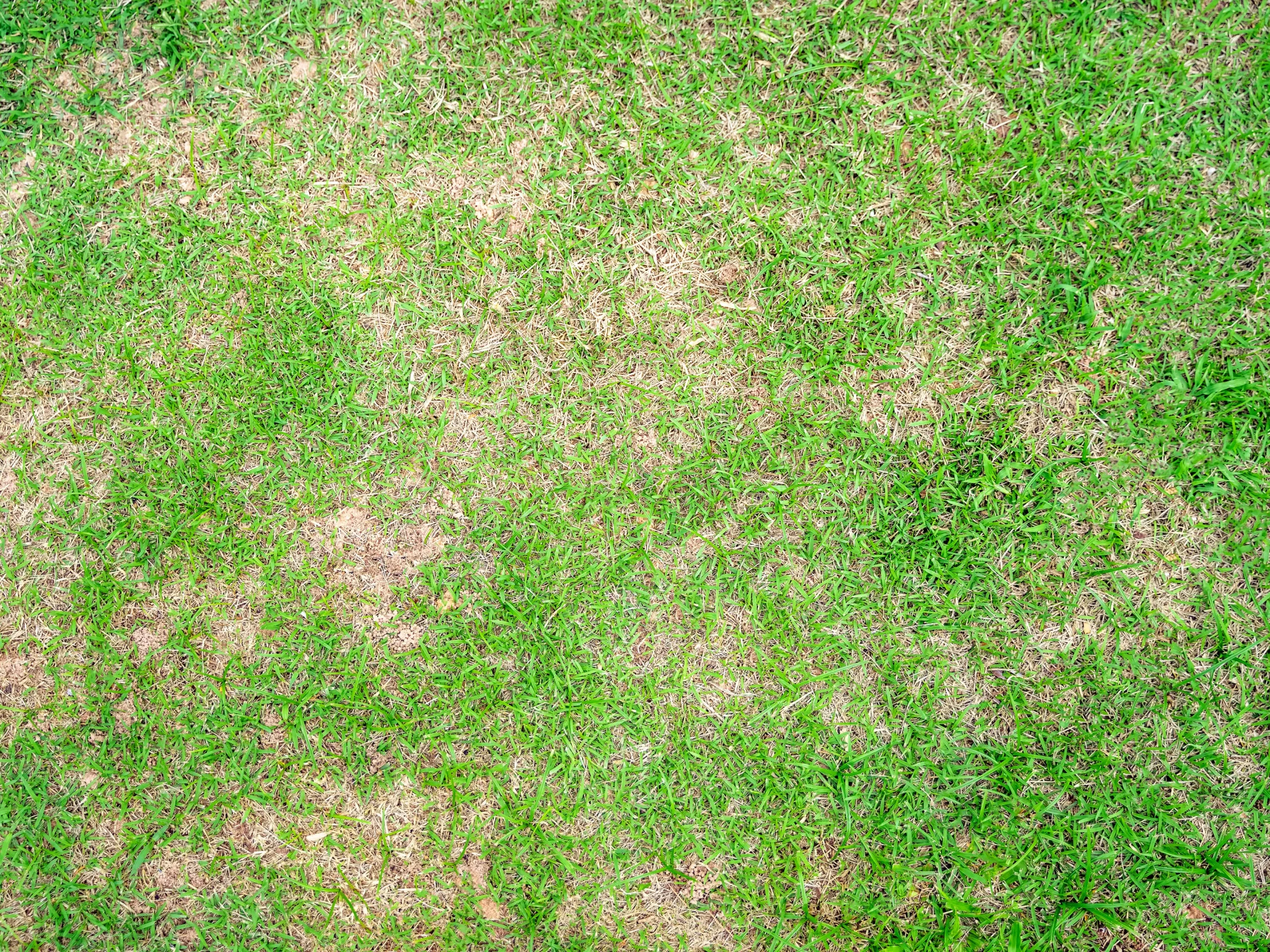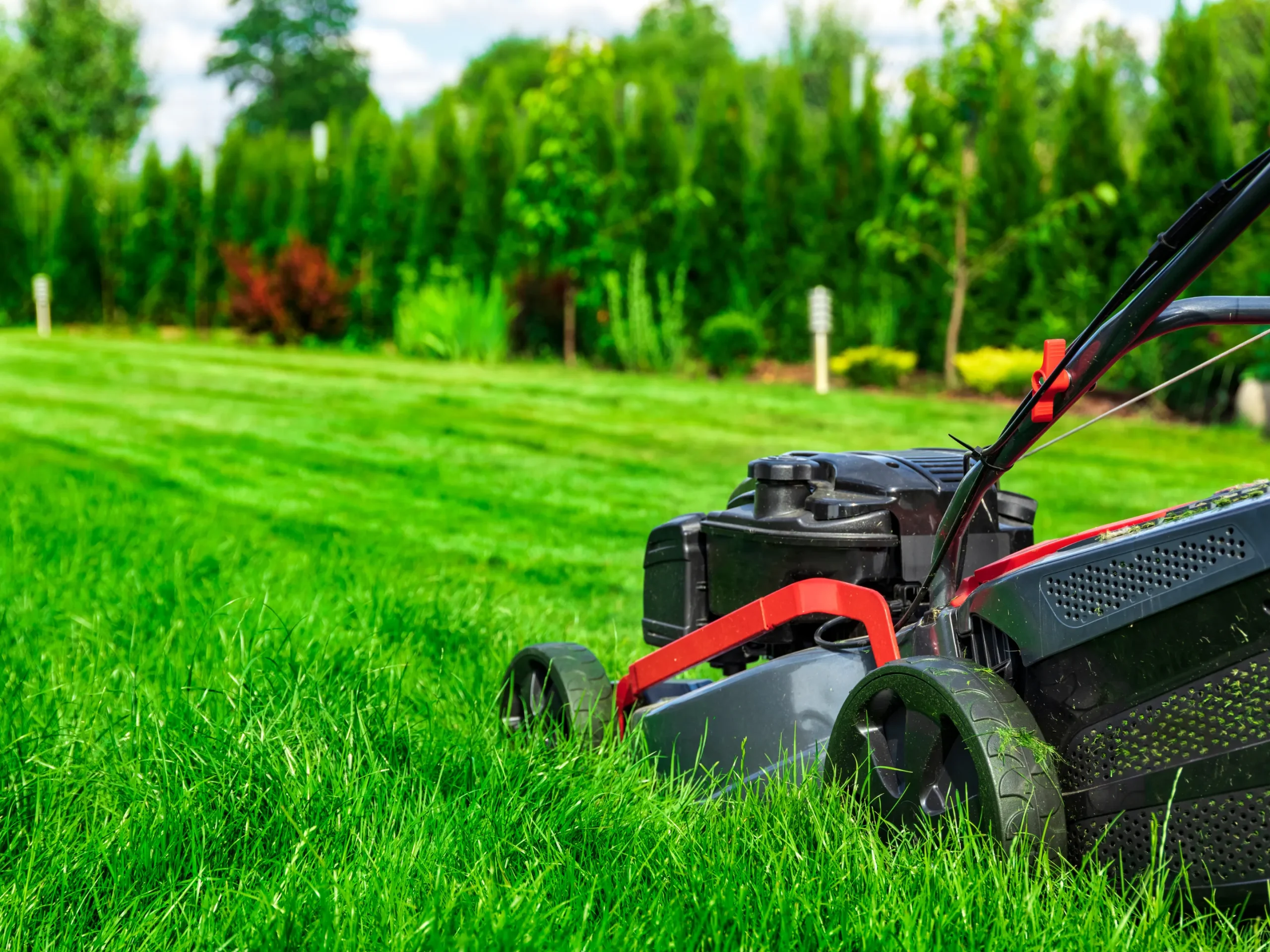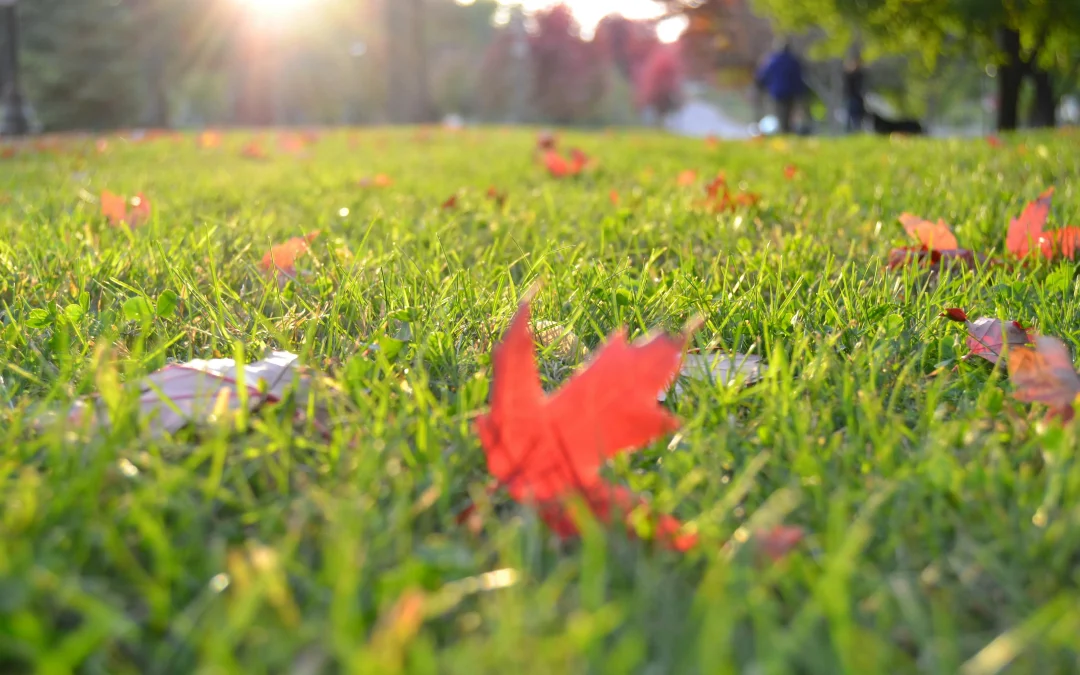Maintaining a lush, healthy lawn is a source of immense pride and enjoyment for many homeowners. But let’s be honest – even the best-cared-for lawns can sometimes become thin and sparse. A thin lawn can be a real challenge, whether due to environmental factors, improper care, or other underlying issues. But don’t worry, we’ve got your back! With the right approach and some elbow grease, you can see how to restore a thin lawn to its former glory is possible.
In this comprehensive guide, we’ll show you how to restore a thin lawn, which will bring your lawn back to life and keep it thriving for years.
How to Restore a Thin Lawn
Assessing the Problem

First things first: let’s assess the extent of the issue at hand. Seeing how to restore a thin lawn begins with identifying the signs of distress. Is your grass struggling to fill in bare patches? Are there areas where the turf seems sparse and weak? By closely examining your lawn, you can pinpoint areas needing attention and devise a targeted plan for rejuvenation.
Understanding the potential causes behind your lawn’s thinning is equally crucial. Issues can stem from various factors, including soil compaction, nutrient deficiencies, improper watering, and even pesky pest infestations. By taking the time to assess your lawn’s specific challenges, you can tailor your approach and address the problem at its source.
Lawn Renovation Techniques
Now that you’ve diagnosed the problem, it’s time to roll up your sleeves and get to work. Aeration and overseeding are two powerful tools for restoring a thin lawn. By perforating the soil and introducing fresh seed, you can promote healthy root growth and fill bare patches with new, robust grass varieties.
Topdressing with compost or soil can also replenish vital nutrients and improve soil structure, providing the perfect environment for grass to thrive. Remember to feed your lawn with the nutrients it craves. Applying fertilizers and soil conditioners tailored to your lawn’s needs can encourage healthy growth and vigor, helping combat thinning and promote lush greenery.

Watering and Maintenance Practices
When addressing how to restore a thin lawn, getting the watering right is key. It’s like giving your lawn a drink, but you’ve got to know how thirsty it is, so it is crucial to understand your soil type. If you’ve got clay soil, it holds onto water like a sponge. So, water less often but for longer to make sure it soaks in deep. On the other hand, Sandy soil drains fast, so you might need to water more often. But whatever your soil type, be careful not to drown your lawn with too much water. Overwatering can do more harm than good, causing shallow roots and inviting diseases to the party.
Now, onto maintenance. Trimming your grass to the right height is important, as it helps it stay strong and healthy. Regular mowing at the appropriate height can promote dense, healthy turf and reduce competition from weeds. Blunt mower blades can make your grass look messy and stressed, so keep them sharp for a neat cut.
Finally, watch out for unwelcome guests like pests and weeds; they can quickly take hold in thin or weakened lawns. Keeping those pests at bay and ensuring weeds don’t take over helps your plants look their best year-round. So, knowing proper soil and watering will set your lawn up for success, while staying vigilant against pests and weeds and maintaining regular mowing will contribute to a healthy, happy lawn.

Seasonal Care and Long-Term Maintenance
 As the seasons change, your lawn’s needs change, too. Adjusting your care routine to match these seasonal shifts is crucial for restoring a thin lawn and keeping it healthy for the long haul. Whether following our “4 Things You Need to Know to Grow your Grass Back” in the spring or giving your lawn a nutrition boost with Scotts Step 3 in the summer, each season brings its chance to pamper your lawn and tackle any ongoing issues.
As the seasons change, your lawn’s needs change, too. Adjusting your care routine to match these seasonal shifts is crucial for restoring a thin lawn and keeping it healthy for the long haul. Whether following our “4 Things You Need to Know to Grow your Grass Back” in the spring or giving your lawn a nutrition boost with Scotts Step 3 in the summer, each season brings its chance to pamper your lawn and tackle any ongoing issues.
And to keep that momentum going, having a long-term maintenance plan is vital. Stick to your schedule with tasks like mowing, watering, and fertilizing (read our tips on How To Fertilize Your Lawn In 5 Steps), and watch your lawn flourish year after year. Stay ahead of the game, and soon you’ll have a lush, happy lawn that’ll make your neighbors green with envy!
End Note
Restoring a thin lawn may seem daunting, but it’s totally doable with the right approach. The key is figuring out what’s causing the problem and then implementing smart renovation techniques like aeration, overseeding, and adding nutrients to the soil. Don’t forget about proper watering and maintenance routines either – that’s crucial for keeping your lawn healthy in the long run. It might take a little work upfront, but the payoff of having a lush, green oasis right in your backyard is more than worth it.
Ready to get started on restoring a thin lawn? Visit Johnson’s Hardware today for all the tools, supplies, and expert advice you need to revitalize your lawn and transform your outdoor space into a lush oasis of greenery.


Recent Comments